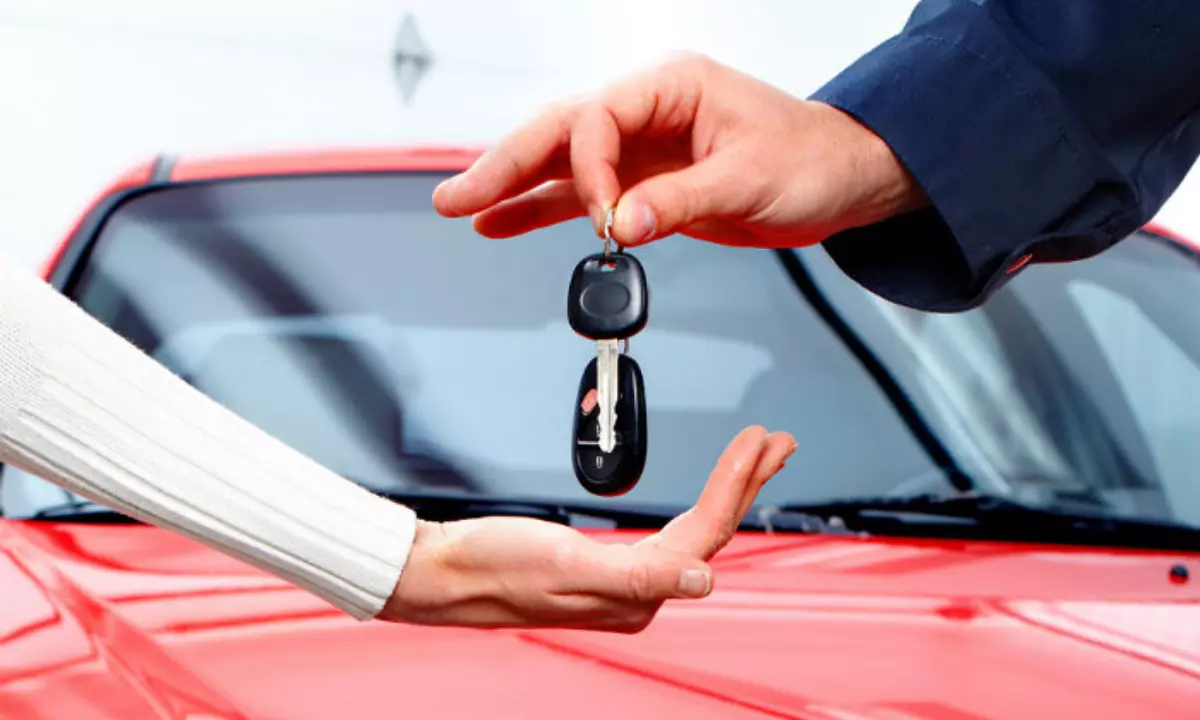
When shopping for your next car, options range from traditional dealerships to ordering entirely online and having it delivered to your door. Buying from a private seller is also a great option, but requires more thought than buying from an established company.
1. Secure vehicle financing
Whether you’re buying from a traditional dealer or from a private owner, getting pre-approved vehicle financing is the key to saving money. Available to at least three different lenders that offer personal auto loans. This way, you can compare possible rates and terms and see how much you can afford when you start the buying process.
2. Research
Now that you know how much you can afford, it’s time to start looking for your vehicle. Instead of going to the dealership, they look for vehicles online on sites like Craigslist or Facebook Marketplace, or look for ads in local classifieds. Pay attention to the details of each vehicle’s mileage and history. It’s also wise to do some research on the models themselves to make sure no recalls have occurred.
3. Contact the seller
Once you find the vehicle, you can contact the seller. Ask any remaining questions that were missed in the ad. Looking up accident history, number of previous owners and reasons for sale is a good place to start.
After your questions are answered, schedule a test drive of the vehicle. Arrange in a public place where friends or family are present.
4. Check the vehicle
Before starting a test drive, take a good look inside and out of the vehicle. Unlike buying from a used car dealer, there’s a chance the owner doesn’t inspect the vehicle before meeting. Test your vehicle’s electronics and look for exterior rust, under-profiled tires, or cosmetic issues.
5. Test drive
When you test drive the vehicle, try hitting the road to see how the vehicle performs at higher speeds. Check the brakes and pay close attention to the sound of the engine as you increase speed.
6. Check the vehicle
Based on your experience driving a vehicle, it is recommended that you have a pair of trustworthy eyes. Ask the owner if the vehicle can be taken to your mechanic. This way you can have them look under the hood and confirm there are no hidden vehicle issues. If the owner has any doubts about this requirement, it’s best to walk away – they may be trying to hide the problem with the vehicle.
7. Bid and close the deal
Once you know the vehicle is in good condition and you’re sure you want to buy it, it’s time to bid. While you should start with the advertised price, take advantage of any vehicle issues you uncover during the inspection process to get a better deal. Check out the Kelly Blue Book for typical selling prices for vehicles, and remember that your greatest bargaining power is your ability to get out of the deal.
Risks of buying from private sellers
While buying a vehicle from a private seller can save you money, it’s also where you’re more likely to encounter vehicle fraud. Watch out for common scams like curbs, false advertising, and even identity theft.
These scams can be avoided as long as you pay attention to the common warning signs. Don’t buy from salespeople who seem too pushy. Trust your gut even when there are emotions associated with selling a vehicle. Finally, you should never buy an invisible vehicle and avoid wire transfers.
Resultado final
Buying a vehicle from a private seller is a great way to shop online and save money. But this comes with additional risks, so make sure you do a thorough vehicle inspection and stay away from anything that is love at first sight.
Aprende más:
